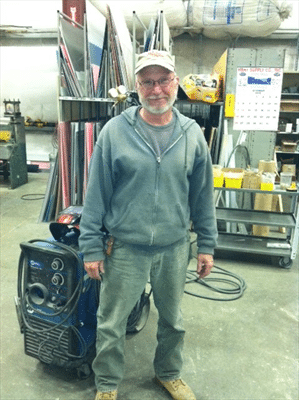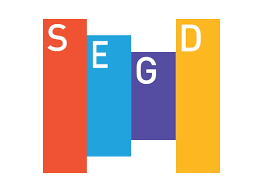Inside Metro Signs – John McNally, Lead Fabricator
Exterior Signage, Inside Metro, Others, Signage TipsIt’s just another day at the factory for John McNally, the lead fabricator and working foreman in Metro Sign and Awning’s fabrication shop.
It usually starts with an intense look at one of the sketches the design department hands off to him when they give the go ahead to build a new sign. “Then it’s up to me,” says John. “Basically, I have to figure out the best way to build it so it lasts.”
Living in a world of square and rectangular tubing, sheet metal, and various kinds of clear and translucent plastic, John keeps busy using band saws, radial arm saws, welding equipment and very high bonding adhesives to slice and dice various materials, making everything nice and square – trying to bring to life the drawings of new signs that others place before him.
He usually starts from the outside of the sign and works toward fabricating its inner structures and mechanisms.
“I look at the final dimensions and try to build the biggest sub-assemblies first,” he says, “although it’s up to us in the shop (Note: John works with an assistant who followed him to Metro Sign and Awning from their previous employer) to decide how to divide a sign into sub-assemblies. That can get real tricky when we get into architectural signs.”
John explains “I feel into this business by accident, and so did everyone else I know. It’s a business that nobody ever thinks about until you’re in it. But just think about this: every single business has signs. Once you start naming signs you’ve built that people might have seen, everybody gets real interested.”
John been working at Metro for about eight years. He moved over from his previous employer when it changed hands and the new owners stopped doing the custom fabrication that keeps John interested and excited about coming to work.
“Everything at Metro is custom,” he says with pride. “We have the higher end customers, the banks, the restaurants. Their image is important, so they go for the fancy stuff, and that’s what I like to build.”
After so many years in the shop, John can build a basic, bare bones two foot by eight foot sign quite easily. “I can make one like that in a day,” he says. “But some of these architectural signs we do, they can take a month.”
One of his biggest products has been a sign for the Rumfort center. It finished up 35 feet high, 10 feet wide, and a few feet thick. “That one took both of us a whole month,” John recalls. “It had to be loaded on a flatbed to get it out of here.”
With that sign, as with all the signs he builds, John’s goal is to have everything look as good as it can without spending too much of the customer’s money on materials or fabrication time.
“I was in the precision sheet metal business before I started building signs. I was making very close tolerance parts and assemblies for missiles and jet planes. The tolerances there were on the order of 1/32nd of an inch, sometimes smaller, sometimes as small as two thousands of an inch.”
In the sign business, tolerances are much looser. In fact, most finished drawings don’t even list them. That gives John the flexibility to build a sign however he sees it, so long as the final product meets Metro Sign and Awnings’ quality and reliability standards.
“In this business,” says John, “tolerances aren’t important. But your reputation is. You have to make sure it’s going to look good and it’s going to last. You want to make sure the customers are getting the most for their money.”

